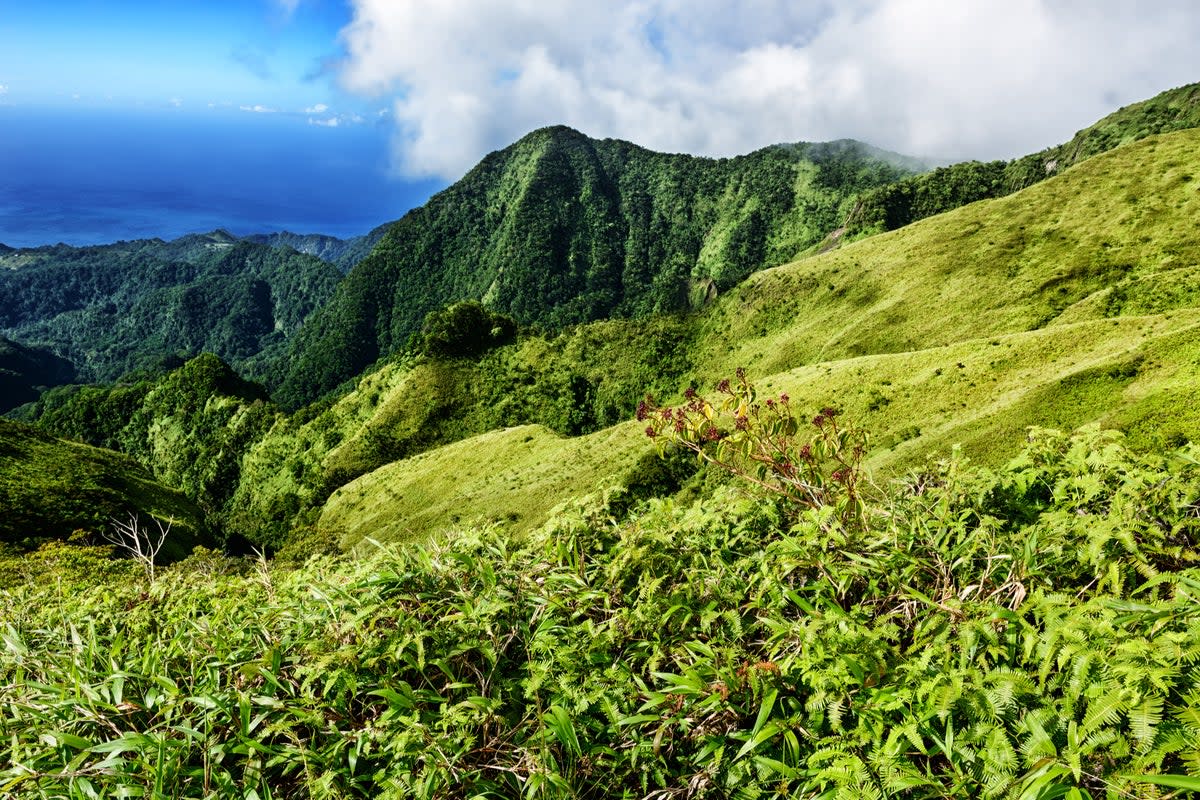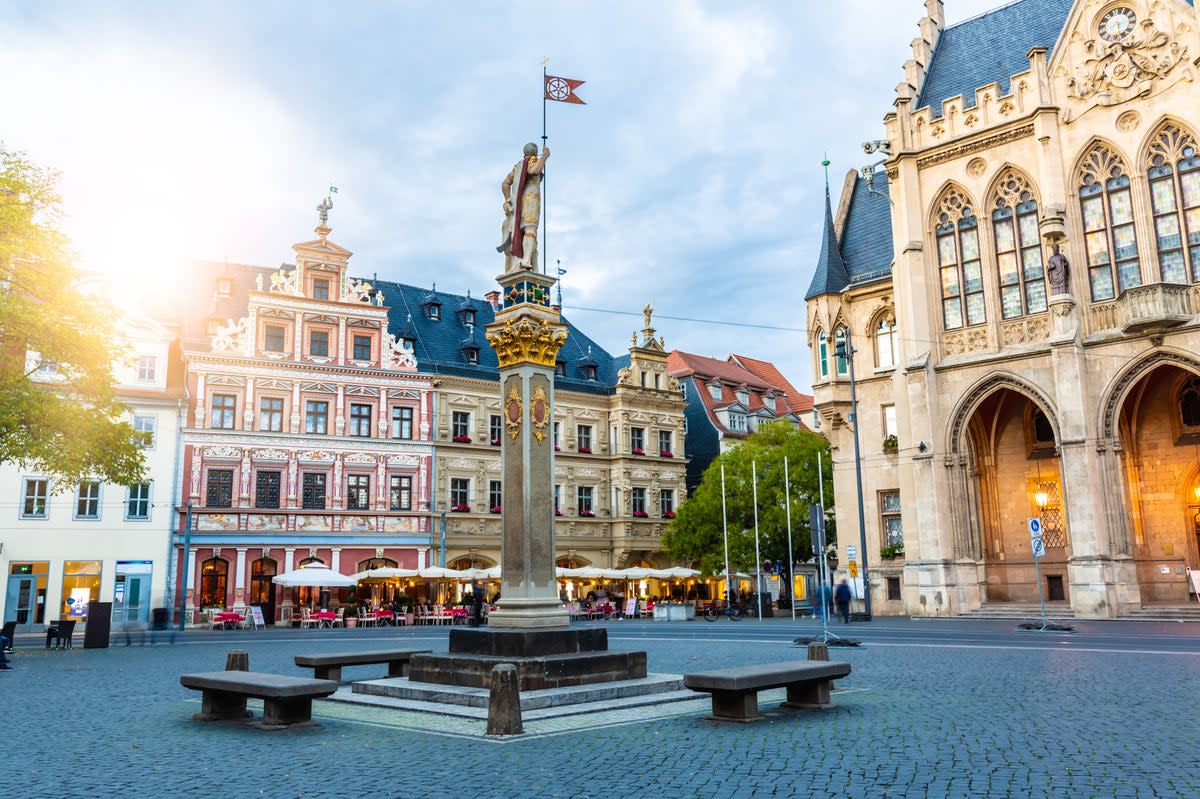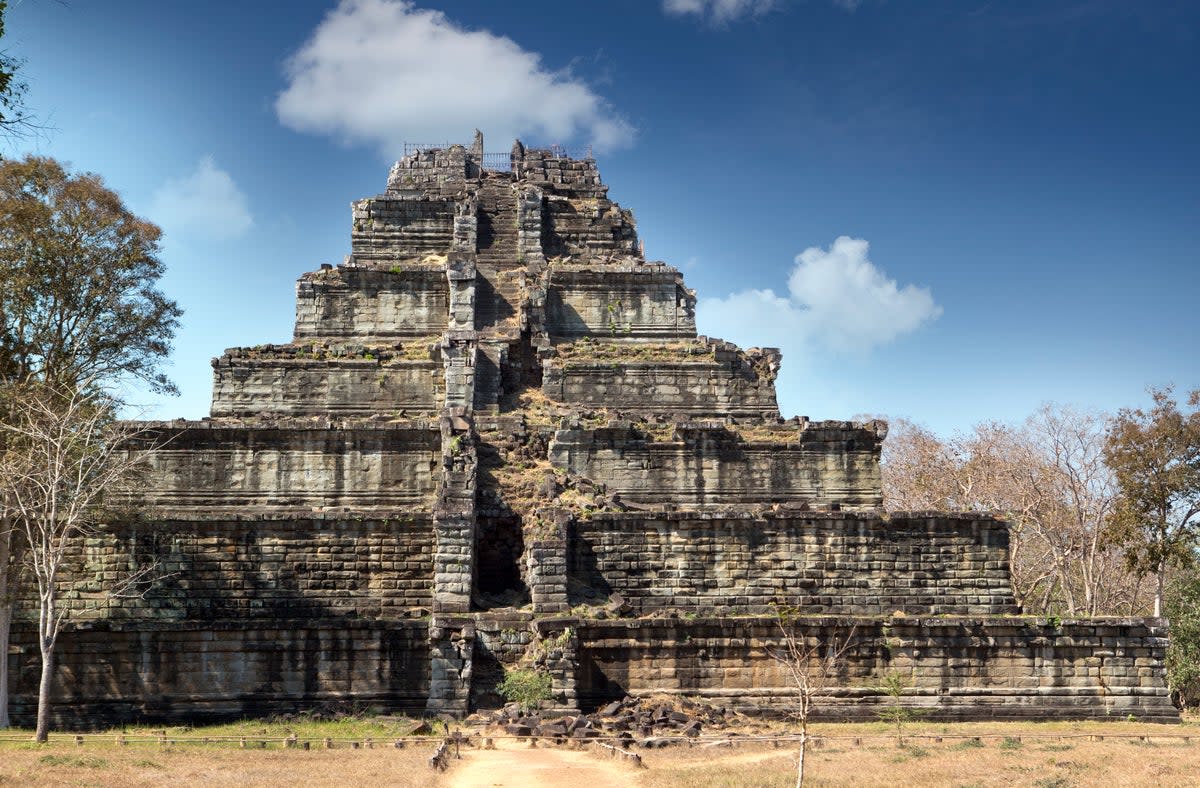The 27 new Unesco World Heritage Sites for 2023 revealed

Almost 30 new World Heritage Sites have been announced by the UN’s culture body, including ancient Roman temples in France, an island off the coast of Tunisia and an archaeological site in Cambodia.
The United Nations Educational, Scientific, and Cultural Organization – better known as Unesco – unveiled the new listings after deliberating at a gathering in Riyadh, Saudi Arabia, with committee members choosing from a list of nominations submitted throughout 2022 and 2023.
The 27 new sites bring the list up to more than 1,100 locations across the world. The Unesco delegation is continuing to meet, meaning the list could grow further.

Among the culturally significant additions are a range of historic towns and cities in Europe, including Kuldīga in Latvia, Erfurt in Germany and Zatec in the Czech Republic.
Elsewhere, Guatemala’s National Archaeological Park Tak’alik Ab’aj, Bale Mountains National Park in Ethiopia and the Forest Massif of Odzala-Kokoua in Congo join the list, along with the volcanoes and forests of Mount Pelée and pitons of Martinique, Turkey’s Gordion archaeological site and Mongolia’s deer Stone monuments.
Several existing heritage sites were also expanded to include new areas, including Madagascar’s Andrefana Dry Forests and Vietnam’s Cat Ba Archipelago in Ha Long Bay.

There are no new sites in the UK, despite the government announcing in April that it was backing seven sites in their bids to be recognised, including the city of York, Little Cayman Marine Parks and Protected Areas and the Zenith of Iron Age Shetland.
In order to join the list, sites must “be of outstanding universal value” and meet one of 10 criteria, such as containing “superlative natural phenomena or areas of exceptional natural beauty” or exhibiting “an important interchange of human values, over a span of time or within a cultural area of the world”.
New Unesco World Heritage Sites for 2023
Koh Ker, Cambodia
Santiniketan, West Bengal, India
Old tea forests, Jingmai Mountain, China
Deer stone monuments, Mongolia
Gaya Tumuli burial mounds, South Korea
Gordion, Turkey
Jewish medieval historic centre of Erfurt, Germany
Architecture of Kaunas, Lithuania
Tak’alik Ab’aj, Guatemala
KuldÄ«ga’s old town, Latvia
Talayotic Menorca prehistoric sites, Balearic Islands, Spain
The Zarafshan-Karakum Corridor of the Silk Road, Tajikistan, Turkmenistan and Uzbekistan
Gedeo cultural landscape, Ethiopia
Persian caravanserai, Iran
Tr’ondek-Klondike region, Canada
Žatec and its tradition of Saaz Hops, Czech Republic
Ancient Jericho/Tell es-Sultan
Köç Yolu transhumance route, Azerbaijan
Djerba, Tunisia
Sacred ensembles of the Hoysalas, India
Cosmological axis of Yogyakarta, Indonesia
Bale Mountains National Park, Ethiopia
Forest Massif of Odzala-Kokoua, Congo
Volcanoes and forests of Mount Pelée and the pitons of northern Martinique, Martinique
Viking-age ring fortresses, Denmark
Maison Carrée of Nimes, France
Astronomical observatories of Kazan Federal University, Russia